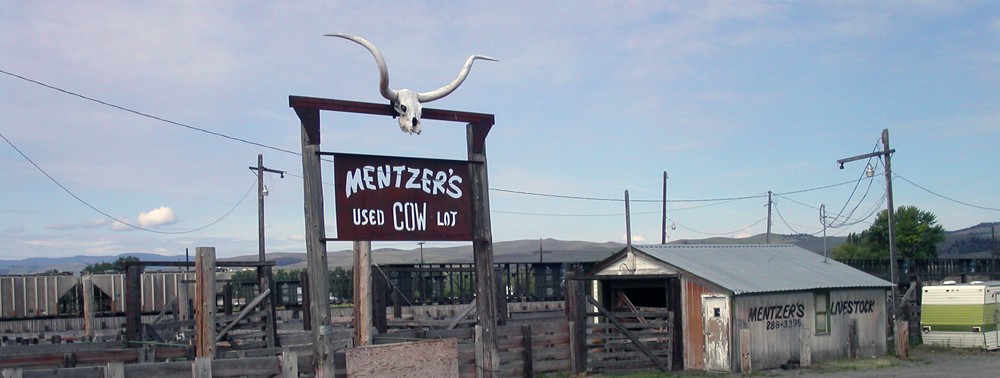Introduction

Moses Order logo, c. 1887.
I first “met” Henry White in 2017 while researching a suburban Washington, D.C., cemetery. White was a founder and the namesake of White’s Tabernacle No. 39 of the Ancient United Order of Sons and Daughters, Brothers and Sisters of Moses. Henry (sometimes called “Harry” in historical records) was born c. 1847 in North Carolina. By the late 1870s, he was married and living in an African American hamlet in the District of Columbia established by free Blacks in the 1830s.
Henry White and his wife, Clara, had several children during their marriage. After Henry died, one of their children moved to Allegheny City, Pennsylvania. Henry White left no diaries or photographs and he died intestate. His traces in the historical record are slim, but compelling. While searching for information that would help me to understand Henry White and his time in Washington, I found a 1930s legal case in which his kin were named as defendants in litigation brought to clear the title to properties in the former hamlet where Henry and Clara raised their children. Among the briefs and depositions were papers filed by William Miles White, a resident of Allegheny County, Pennsylvania. He was the same “Miles White” who was just a few months old in June of 1870 when a census enumerator visited Henry and Clara White’s rented Tenallytown (Tenleytown) home.
I finished the cemetery research and its results were presented in a report submitted to the descendants of the people associated with the White’s Tabernacle cemetery and agencies in Montgomery County, Maryland, and Washington, D.C. William Miles White and his life in Pennsylvania became an open question to follow up on later. Later arrived in 2019 when we moved back to Pittsburgh.
Like his parents, Miles White left few traces in the historical record. But also like his father, what evidence he did leave raises some intriguing questions about where he lived and how he fit into complicated racialized urban and suburban landscapes. This post is a step towards answering those questions. Continue reading →
Like this:
Like Loading...



 The editor of a monthly Pittsburgh neighborhood newspaper recently asked me to cover a
The editor of a monthly Pittsburgh neighborhood newspaper recently asked me to cover a 
